- Opening new charter schools
- Establishing partnerships with early learning providers
- Implementing a more efficient operating structure
- Refining and codifying its Every Child Ready instructional model
- Implementing advocacy work to share the critical importance of high-quality early learning for at-risk children
Jack McCarthy, Carol Thompson Cole, and Michelle Gilliard tell the investment story.
Jack McCarthy – President and CEO, AppleTree: When we developed AppleTree, we wanted to create an early learning program that would address the change we wanted to see in students’ lives. Our theory of action was to build AppleTree from the classroom up and provide our teachers with what they needed to educate children well. We knew that this approach was the way we could expand quality early childhood education in D.C. and ensure that children learn the necessary skills that they need before entering kindergarten. Carol Thompson Cole – President and CEO, YI: We’re always looking for organizations that have measurable results and that make significant strides toward improving the life of children. AppleTree was on our radar screen for a while because we saw that the organization had a strong mission, visionary leadership, and a long track record of achievement. We realized that we could add value by supporting AppleTree’s aspirations to continue to grow with quality. Michelle Gilliard – Partner, YI: What specifically stood out to us about AppleTree was the rigorous research and the evidence shown of the effectiveness of its Every Child Ready instructional model. We had an amazing opportunity to support the refinement of AppleTree’s instructional model and help them with their desire to expand and grow the number of high-quality early childhood education seats they could offer students in the community. We began our investment with the business planning phase, and that helped us identify which areas of the organization and the instructional model could improve. Jack: It was challenging at the beginning of the partnership. The idea of a major multi-year investment was really attractive, but our perception of how to address our needs was different than YI’s. We wanted to address everything at once and didn’t fully appreciate YI’s approach at the time, but it really was a very beneficial process. Although the process was tough, we respected each other every step of the way because we could see that each had something the other valued and thought there could be some synergy. Carol: At YI, we take a high-engagement approach to our investments, which is not a typical funder approach. One of the things that we learned from our earlier investments was the importance of taking the time to build trust. We became a trusted advisor for AppleTree by contributing our expertise of expanding in the region, capacity building, and early childhood education. Also, our board members and investors wanted to be highly involved in discussion around what decisions were being made about refining the Every Child Ready instructional model, which was unique for this investment. They saw the potential in the model and wanted to make sure we made the refinement of the model a priority. Michelle: It was around the mid-investment period for AppleTree when I came on board as the Partner at YI. Building trust was important for me to be able to be an effective partner for Jack and for our investment in AppleTree. Our goal was to help AppleTree develop a more robust online platform for Every Child Ready. We understood that if we could integrate the Every Child Ready model onto a more stable and sustainable online platform, then we could help AppleTree achieve their goals to support teachers in the best possible way and to continue to scale. Jack: One of my biggest takeaways from blending YI into our team as a partner was that you need to trust and make yourself vulnerable and open to the possibility that you don’t know everything. It is necessary to form relationships with people when you may not completely understand the value at the time. Really good things can result, and we are a witness to that. Over time, we developed a good, trusting relationship which became both functional and effective. I was also quite impressed with how YI got us to change the way we were thinking about our instructional model. We quickly realized that the way we could create a seamless process for teachers to be able to download individual lessons and professional development videos based on student achievement. YI and Tarek, the consultant that YI brought on board, really helped us think through the ways in which a new online content management system for Every Child Ready could make the model more user-friendly and help students learn based on their mastery of the skills. Michelle: Another one of our goals for this investment was to help AppleTree double the amount of students it served, which has been done with quality. The AppleTree@ model, where AppleTree preschools are integrated into existing elementary schools, has been seminal in AppleTree’s growth. AppleTree@, which emerged through the business planning phase of our investment, has helped AppleTree almost double the students served. The AppleTree@ partnerships are still growing and reaching more children in D.C., which has been and will continue to be extremely impactful. Jack: The AppleTree@ model also solved a key sustainability challenge for us. Parents want our preschool locations to be close in proximity to where they live, work, and have other children in school. The business planning process gave us the structure and the pathway to do it. Sustainability is a major theme of this investment, and the work that was done through our partnership will positively impact our organization years down the line. We valued YI’s partnership because they were able to help us clarify our goals and better understand how to reach them, which will help us to sustain AppleTree in the long run. Carol: What we do at YI is still considered a new way of philanthropy. A lot of times during investments, we have to be sensitive to our partners to make sure they understand what we do and why we do it. Each time we go through the investment process, there is always a breakthrough moment where our partners understand that we are there with them through the challenges and the successes. When our partners understand that we have the same goal in mind to make young people’s lives better, they understand why we push back, ask questions, advise, and challenge. That’s our value. [post_title] => AppleTree [post_excerpt] => [post_status] => publish [comment_status] => closed [ping_status] => closed [post_password] => [post_name] => appletree [to_ping] => [pinged] => [post_modified] => 2025-09-02 16:51:26 [post_modified_gmt] => 2025-09-02 16:51:26 [post_content_filtered] => [post_parent] => 0 [guid] => https://youthinvestpartners.org/investment/investment-snapshot-new/ [menu_order] => 0 [post_type] => investment [post_mime_type] => [comment_count] => 0 [filter] => raw ) [1] => WP_Post Object ( [ID] => 242 [post_author] => 7 [post_date] => 2023-06-01 15:59:27 [post_date_gmt] => 2023-06-01 15:59:27 [post_content] => This investment was a departure for YI in that this organization was still in the early stages of its development, and we co-invested with the Edna McConnell Clark Foundation. Through this co-investment, we learned how to best support early-stage, high-potential organizations, and developed a model for future co-investment relationships. This investment provided funding and non-financial support to help grow and strengthen AALEAD in order to increase its benefit to children, position it for greater sustainability, and prepare it for more significant investment from funders in the future. With our investment, AALEAD built a stronger senior management team, board, and more robust measurement system to ensure outcomes accountability and performance. [post_title] => Asian American LEAD [post_excerpt] => [post_status] => publish [comment_status] => closed [ping_status] => closed [post_password] => [post_name] => asian-american-leadership-empowerment-and-development-for-youth-and-families-new-new [to_ping] => [pinged] => [post_modified] => 2025-09-02 16:51:02 [post_modified_gmt] => 2025-09-02 16:51:02 [post_content_filtered] => [post_parent] => 0 [guid] => https://youthinvestpartners.org/investment/asian-american-leadership-empowerment-and-development-for-youth-and-families-new-new/ [menu_order] => 0 [post_type] => investment [post_mime_type] => [comment_count] => 0 [filter] => raw ) [2] => WP_Post Object ( [ID] => 3331 [post_author] => 7 [post_date] => 2023-06-01 00:25:32 [post_date_gmt] => 2023-06-01 00:25:32 [post_content] => In 2003, the Boys & Girls Clubs of Greater Washington merged with the Metropolitan Police Boys & Girls Clubs. This expanded the Boys & Girls Clubs of Greater Washington to encompass 20 clubs, 2 outreach centers, and a 168-acre camp. Seeking organizations that were at an inflection point for change, Venture Philanthropy Partners identified the merger between two of the oldest youth-serving organizations in the Region as a strong opportunity for partnership. The overarching goal of the investment was to help the organization increase its capacity to manage the new growth brought on by the merger and to improve the quality and offerings for the approximately 20,000 young people it was serving. In the pursuit of taking the most at-risk kids to new heights, they set out to enhance its outreach efforts in underserved areas of the community through two new efforts.- A club located in the Shipley Terrace neighborhood east of the river
- A club in Herndon, Virginia focuses on expanding the number of Latino and Asian youth in the local clubs.
- Expand its services to benefit significantly more children and families
- Refine its model for services to at-risk children from multicultural backgrounds to achieve greater effectiveness and impact
- Provide consultation and training services to help adapt and replicate its model regionally, nationally, and internationally
- Recruit key management and staff
- Establish new governance structures related to its expansion plan
- Define and implement strategies to finance the organization’s growth
- Implement an outcomes framework to assess program effectiveness and contribute to ongoing management
CentroNía’s increased effectiveness resulted in more than tripling the number of children served over three years, rising from 322 to 1,133. CentroNía has expanded its services using an integrated approach in the new bilingual public charter school, a new site in Maryland, the tutoring program in ten schools, and an additional site serving 72 three- and four-year-old children.
Myrna Peralta, Beatriz “BB” Otero, and Carol Thompson Cole of YI tell the story from the beginning.- Grow the Woodridge campus from its current enrollment of Pre-K to grade seven to include grade eight—adding at least 75 more students to its enrollment within two years of the investment
- Grow the Southeast campus from its current enrollment to add at least 200 more students within two years of the investment
- Add Pre-K programs at its other elementary campus as soon as space becomes available
- Build and open the first K-12 International Baccalaureate Program in the DC metropolitan area
Pat Brantley is the school’s current CEO, and she sat down with Carol Thompson Cole to tell their story.
Pat Brantley – CEO, Friendship Public Charter School: Friendship Public Charter School was founded with the idea that our children in the neighborhoods of Washington, DC needed better options and opportunities, and that we could make a difference not just in their school years but also beyond—that we could help to transform their lives. Carol Thompson Cole – President and CEO, YI: The early leadership of Donald Hense was crucial. Donald had been a part of the pilot for YI and we got to know him early on. There’s a story that one day when YI’s founder, Mario Morino, was talking to him, Donald stood on a street corner and sketched out his vision for Friendship Public Charter School on a napkin. Pat: We really looked at the investment as a way for us to strengthen our academic program and to think about how Friendship could take the best parts of its model and magnify them, not only in the schools that we already had, but also to grow. We were about six years old and knew that the only way we were going to grow was if we built our back-office capacity. Carol: One of the most important pieces of the investment was a very complex strategic planning process. McKinsey & Company was the partner that came in to help and they had a very strong education practice. We knew how important it was going to be to make sure that Friendship had a solid long-term plan and the right people on board. It was clear Friendship had big aspirations. Pat: YI put a lot of thought into Friendship as an investment. There were a lot of times I remember Carol asking, “Is this really what you want” and “Are you willing to make the changes necessary in order to move the organization forward?” So we really had to think about those types of big questions. The investment from YI allowed us to bring on our first professional chief academic officer and a director of professional development. It allowed us to bring in someone who’s doing strategy. It allowed us to bring in our first professional CFO. I mean, it wasn’t just about the academics, but it was really about retooling the organization to support and improve the outcomes. Carol: That’s YI’s focus: helping the organization to build what we call the C-suite positions to get those senior people in place. If you get the right senior people, they will shape the right strategies, and our view is the rest of the growth and development will happen. That has definitely been the case with Friendship. Pat: We were able to be much more efficient, to grow our enrollment, to grow our outcomes just a few years after the end of the formal YI investment. When the Charter Board did its ranking of schools, there were 10 elementary and middle schools. Of the top 10 schools, three of them were Friendship schools. I feel like the YI investment has made a truly sustained difference because they invested at the highest levels, which has allowed us to maintain a high-quality organization across all our campuses. Carol: I remember asking Donald one day what he thought the biggest challenge was. He said, “The kids don’t want to go home.” If the kids don’t want to leave school that means you’re doing something right. Donald said that every child could learn from the traditional American education. It didn’t matter if they had special needs. Donald knew they could excel and perform to high standards. And I said, “If we can prove that, it’s the biggest investment we can make.” I think we proved it. [post_title] => Friendship Public Charter School [post_excerpt] => [post_status] => publish [comment_status] => closed [ping_status] => closed [post_password] => [post_name] => friendship-public-charter-school [to_ping] => [pinged] => [post_modified] => 2025-09-02 17:02:17 [post_modified_gmt] => 2025-09-02 17:02:17 [post_content_filtered] => [post_parent] => 0 [guid] => https://vppartners.org/?post_type=investment&p=131 [menu_order] => 8 [post_type] => investment [post_mime_type] => [comment_count] => 0 [filter] => raw ) [6] => WP_Post Object ( [ID] => 307 [post_author] => 7 [post_date] => 2016-11-03 18:50:34 [post_date_gmt] => 2016-11-03 18:50:34 [post_content] => Heads Up and YI shared a high expectation that Heads Up would achieve its aspirations to become a leading and influential provider of out-of-school programs for children and teenagers in the District of Columbia, and to become the premier youth-related community service program for local universities and undergraduates. Heads Up made progress to better serve its students and tutors, even as it navigated a leadership transition with the resignation of its founding executive director. It also overcame a revenue shortfall when it did not receive funds from a public agency for which it did considerable work to become eligible. Since the completion of the YI investment, Heads Up merged with the Center for Youth and Family Investment, which is no longer operational. [post_title] => Heads Up [post_excerpt] => [post_status] => publish [comment_status] => closed [ping_status] => closed [post_password] => [post_name] => heads-up [to_ping] => [pinged] => [post_modified] => 2025-09-02 17:08:13 [post_modified_gmt] => 2025-09-02 17:08:13 [post_content_filtered] => [post_parent] => 0 [guid] => https://vppartners.org/?post_type=investment&p=132 [menu_order] => 9 [post_type] => investment [post_mime_type] => [comment_count] => 0 [filter] => raw ) [7] => WP_Post Object ( [ID] => 1430 [post_author] => 3 [post_date] => 2018-06-01 15:48:26 [post_date_gmt] => 2018-06-01 15:48:26 [post_content] =>Goals
VPP’s investment in Higher Achievement will help the organization achieve its aspirations to:- Modernize its data infrastructure to improve data quality, efficiency and create more usable data for Higher Achievement staff and mentors;
- Increase staff capacity to oversee Higher Achievement’s enhanced data collection, performance management and evaluation function; and
- Enhance Higher Achievement’s new i3 randomized control study by providing financial support for an implementation study that will enable the organization to identify the components of its model that are having the greatest positive effect on student outcomes.
- Expand its effective program and support system to 870 students. By the 2017 school year, Hillside will have expanded into nine of the highest-need schools in Transforming Neighborhoods Initiative zones—areas of Prince George’s County that face significant economic, health, safety and educational challenges.
- Bring on additional staff to achieve this goal. It will recruit and hire key organizational and programmatic positions, including 20 youth advocates.
- Broaden its network of local employers participating in the program to connect more students with quality part-time work, as well as strengthen its already sophisticated data collection and analysis systems to understand its progress and continue to learn how to best serve students.
Karene Brodie, Carol Thompson Cole and Michelle Gilliard tell the investment story.
Karene Brodie – Executive Director, Hillside Work-Scholarship Connection: Hillside Work-Scholarship Connection’s limited capacity in the region before YI’s investment really challenged us to run the organization with a very skeletal staff and operation. It’s tough to plan, establish structure and think long-term and big-picture, while also having to attend college tours to ensure quality, best-practice modeling and delivery of our services with fidelity. Carol Thompson Cole – President and CEO, YI: Prior to our investment, HW-SC had a culture of metrics, which was important, but they were also building a strong relationship with Prince George’s County. This was the final investment in our second fund, so we wanted to strategically choose a capacity-building investment that would contribute to our future work in Prince George’s County. We also realized the value that we could offer to HW-SC – the expertise of navigating the region – that was our secret sauce for this investment. We knew we could help make connections beyond those that they already had. We saw an organization that was high-performing, that we could add value to and help them grow more in the community. Karene: Working with YI presented so many great opportunities to leverage existing public and private resources and expand funding opportunities. We wanted a long-term relationship with investors. We wanted to know that, beyond Wegmans, others valued and believed in the work that we were doing over time with young people and could really grow with us over multiple years toward the outcomes and the stability we were seeking. The most tremendous resource that came as a result of this investment is the infrastructure that we managed to build; including, a strong and locally-based human resources capacity in order to attract and develop strong talent, and a more standardized performance measurement structure for data capture, analysis and recording. In addition to those resources, we received support for growing our model to scale. At the direct services level, the ability to have more Youth Advocates in place and infuse training and technical support without compromising service delivery was key to our fidelity, expansion and innovation. Michelle Gilliard, Partner, YI: The major goal that we established together was to strengthen the capacity of the organization to expand the number of youth being served. As Karene mentioned, it had a lot to do with building out the infrastructure with key positions, which included positions such as a chief operating officer and an HR professional. Carol: It became clear that increasing the capacity of the Youth Advocates was also important and Hillside-Work Scholarship Connection was able to make that case to our board. The other important piece was that as we were building the investment from the business plan, even though we scaled back from HW-SC’s initial high, fast-growing aspirations, people were still concerned whether the growth goals were too aggressive. Another factor was that HW-SC was the first investment of this kind to serve Prince George’s County. There was a real fear that it would be difficult to reach the goal to serve more youth at high quality with HW-SC’s existing capacity. We spent a little more time in dialogue and actually called an additional meeting to really test that. In the end, it worked out well. Michelle: Yes, it did. And one of the reasons why is because of the positions we helped put in place. We had to be thoughtful about which positions were most important for an organization that had a headquarters in upstate New York. The organization couldn’t really grow in this new location without having the right capacity of local staff to talk to local employers and the school system. It had to be localized and adapted to the culture of HW-SC in Prince George’s County. The plan was to grow to serve 870 students over the course of this investment. We helped to manage the milestones, but it was also important for YI to help HW-SC’s headquarters understand how the local HW-SC affiliate had to adapt to the needs of Prince George’s County. Given our experience with replications and our expansive knowledge of the region, we were able to step in and advocate for the local organization’s operational capacity needed to serve triple the number of students. Carol: We were able to provide context to HW-SC’s headquarters about the difference in the economies in Maryland and New York. You’ve got to adapt to the realities of the place that you’re in. Karene: That’s right. It is also important to mention the benefit to HW-SC in Prince George’s County of having the support of the New York affiliates. It was imperative for us to align ourselves with our NY-based colleagues and systems; as well as, regional collaborative efforts and other strong organizations that could support young people, both within and beyond what Hillside Work-Scholarship Connection could offer. A few of our greatest alignments to date are the partnership we have with the Prince George’s County Department of Social Services, our collaboration with the Transforming Neighborhoods Initiative and the Ready for Work initiative’s youthCONNECT at Suitland collaboration with YI. These are the ways that HW-SC philosophically likes to operate – connecting to partners and collaborative opportunities that help us do our work, maximizing strengths and avoiding unnecessary duplication in service. It is imperative in this region to do that as early as possible, as often as possible and in the best interest of the students we serve. Michelle: Another important piece is how the national and local offices work well together. It has been exciting to see that HW-SC’s Business Process Coordinator, who was hired through our investment, is providing training to folks in New York. There is some great learning that has happened here where you can have local capacity on site and you can figure out what the relationship needs to be because there is a tremendous amount of important back office support that’s provided in HW-SC’s headquarters. It’s a back and forth dynamic where both can gain insight from and support each other. Karene: I agree. Instead of a top-down application to replicating, we’ve now learned that there’s a knowledge share that goes both ways. We’ve been able to leverage the Business Process function; as well as, our human resources generalist, for example. It really has been a rich experience for us to expand how we think about growth. Because we were the first replication outside of New York, we had a lot of strengths drawn from HW-SC’s proven and well-established footprint in New York, and we also had a lot to learn. As an organization overall, we love to learn, grow and to apply continuous learning to our model. We all come into this kind of work with the desire to support, the desire to change and the desire to impact. As a result of YI’s investment, we really celebrate our exponential growth with quality- we increased our service capacity for students by 300 percent in three years. The fact that we’ve maintained our outcomes throughout this growth period has been phenomenal. Our local data can now formally demonstrate a seven-year trend on our impact here and the outcomes that we have been able to maintain. We’ve been able to maintain retention rates of students in the program in the high 90s. We also have promotion rates at around 96 percent and a four-year, on-time graduation rate of 98 percent. Michelle: It is exciting to see HW-SC’s growth and achievements over time. It is impressive that HW-SC, with a high-touch model and being school-based, has been able to bring in many additional schools and serve a larger number of students in a short period of time. The organization is even stronger than it was when we started our investment. We helped it to grow and put it on a good trajectory to maintain and deepen the work in the County. Hillside Work-Scholarship Connection is exhibit A of a high-performing organization. Karene is an excellent leader who is passionate and has worked diligently to connect with the right people and places to move the organization forward. Karene: Thank you Michelle. A final piece about this investment that I want to highlight and that I really appreciate is the value of leadership. I’ve learned and grown a lot throughout this journey. I tell my team sometimes that “My role is as a servant leader, but yours is especially cool because you all get to work so closely with the young people.” I appreciate YI’s emphasis on the importance of leadership as much as the model and the work itself. It really does inspire you to do more and know the efforts lead to impact and appreciation. We appreciate that you have invested in both my own and our team’s collective professional development. Carol: One of the things that people say is that we select well and we did just that with Karene and Hillside Work-Scholarship Connection. If Karene had not been there, we probably wouldn’t either. To see that she shifted and pushed and pulled to achieve big aspirations has been amazing to watch and be a part of. She understands how to move a vision forward without giving up. I believe that’s a big part of the reason YI’s investment in HW-SC has been so successful. [post_title] => Hillside Work-Scholarship Connection [post_excerpt] => [post_status] => publish [comment_status] => closed [ping_status] => closed [post_password] => [post_name] => hillside-work-scholarship-connection [to_ping] => [pinged] => [post_modified] => 2025-09-02 18:59:19 [post_modified_gmt] => 2025-09-02 18:59:19 [post_content_filtered] => [post_parent] => 0 [guid] => https://vppartners.org/?post_type=investment&p=133 [menu_order] => 10 [post_type] => investment [post_mime_type] => [comment_count] => 0 [filter] => raw ) [9] => WP_Post Object ( [ID] => 309 [post_author] => 7 [post_date] => 2016-11-03 18:52:23 [post_date_gmt] => 2016-11-03 18:52:23 [post_content] => KIPP DC is a non-profit network of college-preparatory, public charter schools educating elementary, middle, and high school students. They have a 15-year track record of preparing students in educationally underserved communities for success in college and life. KIPP DC established the following goals and strategic priorities for the investment partnership:- Create and sustain the highest-performing Pre-K through 12th grade college preparatory school system for the most educationally under-served children in Washington, DC, and expand from seven schools serving approximately 1,550 students to at least 3,400 students by 2015.
- Execute and evaluate a government and community involvement strategy that strengthens KIPP DC’s financial support, allows the organization to effectively engage the communities it serves, and empowers parents to advocate for the academic success of their children.
- Develop the appropriate management structure and roles to increase funding needed for operations, respond strategically to growth, and make strategic decisions regarding external opportunities and challenges. Ensure that the management team and KIPP DC can recruit and retain high-quality teachers efficiently and at the scale required for future growth.
- Enhance the data, evaluation, and performance management systems to collect and use data to support and refine its operations.
- Implement a stronger, more diverse, and sustainable fund development strategy that includes both public and private sources and that takes into consideration short- and long-term debt requirements and financing options. KIPP DC will build and retain capacity in both areas to satisfy fundraising needs related to growth.
- Develop an even more effective governing body that is consistent with KIPP DC’s strategic vision and aspirations. Particular emphasis will be on the board composition and committee structure.
Susan Schaeffler sat down with Carol Thompson Cole to tell the story.
Susan Schaeffler – Founder and CEO, KIPP DC: I started teaching in 1992 and spent nine years working in the traditional school system. A lot of amazing people worked there, but, over time, I felt like the strongest teachers left. So after nine years of trying to solve the problem from within, I tried stepping out of the traditional system and creating a new one. We really wanted to create a school that attracted top talent and teachers that had a “whatever-it-takes” attitude, so that our kids had an opportunity to go to and make it through college. Carol Thompson Cole, President and CEO, YI: We had experience working with charter schools to build and strengthen management and organizational capacity. As we looked around for investments in education, KIPP was one of the highest-performing school systems in the District of Columbia. We saw the passion that Susan and others had and their unwavering commitment to help more young people. We felt this would be a strategic investment: to take something good and help make it even better. Susan: Getting that seal of approval that comes with YI investment was huge. We were instantly recognized as a more legitimate organization. What is so impressive about YI are the large, game-changing contributions that they can make. Whether it’s financial, technical, or in human resources, the support they provide is really transformational. Carol: KIPP was an organization with a real growth plan, and when you have that intention, engaging with the community and with parents is huge. So we focused on building an engaged board of directors that could help with that. And then, of course, there was the creation of a strategic business plan. They took it very seriously and the plan laid the foundation for the results that they’ve gotten. Susan: YI played a huge role in helping us grow to scale. When we first crossed paths with YI, we had four schools and had penciled out a vision to grow to 10. We had to figure out the right growth pattern, the right timing, the where, and the how. Now we have 16 schools—we actually exceeded our vision. We often say that our strong foundation was based in the expertise of that business plan. Carol: There are two important pieces of the investment that stand out to me. One was helping KIPP build their development team—they’ve been able to recruit some very talented people since then. Second was helping to build a pipeline of talented teachers. Susan: I think hands down that was one of the biggest impacts. Early on, we were able to identify that one of our biggest obstacles to growth was going to be human resources, and that we were looking at a teacher shortage. We were given the space and time and support to create a teacher training program in which we could train 80 to 90 teachers a year to help fill our own teaching vacancies, as well as strengthen the teaching pool in the District of Colombia as a whole. Carol: We have truly built a trusted relationship between KIPP and YI. From time to time we get calls from Susan and others, even though the investment has ended, asking us to help them think about things that they’re working on and make connections. We’re happy to continue doing that. Susan: We feel very fortunate to have had not only YI’s expertise, but also their guidance and friendship over the years. I think when you look at non-profits and you look at founders in particular, they can get really caught up in the heavy lifting and the daily grind. Sometimes it helps to have somebody slow you down and engage you in thoughtful conversation, and that’s what YI did. Carol: To see the impact that KIPP DC is having in and even beyond the Greater Washington community, to see them being leaders in the national education space makes me feel very proud. [post_title] => KIPP DC [post_excerpt] => [post_status] => publish [comment_status] => closed [ping_status] => closed [post_password] => [post_name] => kipp-dc [to_ping] => [pinged] => [post_modified] => 2025-09-02 17:11:04 [post_modified_gmt] => 2025-09-02 17:11:04 [post_content_filtered] => [post_parent] => 0 [guid] => https://vppartners.org/?post_type=investment&p=134 [menu_order] => 11 [post_type] => investment [post_mime_type] => [comment_count] => 0 [filter] => raw ) ) [post_count] => 10 [current_post] => -1 [before_loop] => 1 [in_the_loop] => [post] => WP_Post Object ( [ID] => 239 [post_author] => 7 [post_date] => 2023-06-01 15:00:00 [post_date_gmt] => 2023-06-01 15:00:00 [post_content] => When social entrepreneurs Jack McCarthy and Lex Towle created AppleTree in 1996, they invested in the idea of increasing the supply of effective schools in D.C. through innovation. Today, AppleTree operates as a nonprofit consisting of a research institute and a public charter preschool reaching 2,000 students through community partnerships and campuses across D.C. YI initiated an investment partnership at a point of inflection for AppleTree’s development to help support the organization’s growth and to further refine its Every Child Ready instructional model. AppleTree sought to expand the number of high-quality preschool seats in DC for three- and four-year-olds from low-income families. Growth in DC would nearly double AppleTree’s current footprint—from 640 to 1,200 low-income children served annually by March 2017. The investment helped fuel growth by:- Opening new charter schools
- Establishing partnerships with early learning providers
- Implementing a more efficient operating structure
- Refining and codifying its Every Child Ready instructional model
- Implementing advocacy work to share the critical importance of high-quality early learning for at-risk children
Jack McCarthy, Carol Thompson Cole, and Michelle Gilliard tell the investment story.
Jack McCarthy – President and CEO, AppleTree: When we developed AppleTree, we wanted to create an early learning program that would address the change we wanted to see in students’ lives. Our theory of action was to build AppleTree from the classroom up and provide our teachers with what they needed to educate children well. We knew that this approach was the way we could expand quality early childhood education in D.C. and ensure that children learn the necessary skills that they need before entering kindergarten. Carol Thompson Cole – President and CEO, YI: We’re always looking for organizations that have measurable results and that make significant strides toward improving the life of children. AppleTree was on our radar screen for a while because we saw that the organization had a strong mission, visionary leadership, and a long track record of achievement. We realized that we could add value by supporting AppleTree’s aspirations to continue to grow with quality. Michelle Gilliard – Partner, YI: What specifically stood out to us about AppleTree was the rigorous research and the evidence shown of the effectiveness of its Every Child Ready instructional model. We had an amazing opportunity to support the refinement of AppleTree’s instructional model and help them with their desire to expand and grow the number of high-quality early childhood education seats they could offer students in the community. We began our investment with the business planning phase, and that helped us identify which areas of the organization and the instructional model could improve. Jack: It was challenging at the beginning of the partnership. The idea of a major multi-year investment was really attractive, but our perception of how to address our needs was different than YI’s. We wanted to address everything at once and didn’t fully appreciate YI’s approach at the time, but it really was a very beneficial process. Although the process was tough, we respected each other every step of the way because we could see that each had something the other valued and thought there could be some synergy. Carol: At YI, we take a high-engagement approach to our investments, which is not a typical funder approach. One of the things that we learned from our earlier investments was the importance of taking the time to build trust. We became a trusted advisor for AppleTree by contributing our expertise of expanding in the region, capacity building, and early childhood education. Also, our board members and investors wanted to be highly involved in discussion around what decisions were being made about refining the Every Child Ready instructional model, which was unique for this investment. They saw the potential in the model and wanted to make sure we made the refinement of the model a priority. Michelle: It was around the mid-investment period for AppleTree when I came on board as the Partner at YI. Building trust was important for me to be able to be an effective partner for Jack and for our investment in AppleTree. Our goal was to help AppleTree develop a more robust online platform for Every Child Ready. We understood that if we could integrate the Every Child Ready model onto a more stable and sustainable online platform, then we could help AppleTree achieve their goals to support teachers in the best possible way and to continue to scale. Jack: One of my biggest takeaways from blending YI into our team as a partner was that you need to trust and make yourself vulnerable and open to the possibility that you don’t know everything. It is necessary to form relationships with people when you may not completely understand the value at the time. Really good things can result, and we are a witness to that. Over time, we developed a good, trusting relationship which became both functional and effective. I was also quite impressed with how YI got us to change the way we were thinking about our instructional model. We quickly realized that the way we could create a seamless process for teachers to be able to download individual lessons and professional development videos based on student achievement. YI and Tarek, the consultant that YI brought on board, really helped us think through the ways in which a new online content management system for Every Child Ready could make the model more user-friendly and help students learn based on their mastery of the skills. Michelle: Another one of our goals for this investment was to help AppleTree double the amount of students it served, which has been done with quality. The AppleTree@ model, where AppleTree preschools are integrated into existing elementary schools, has been seminal in AppleTree’s growth. AppleTree@, which emerged through the business planning phase of our investment, has helped AppleTree almost double the students served. The AppleTree@ partnerships are still growing and reaching more children in D.C., which has been and will continue to be extremely impactful. Jack: The AppleTree@ model also solved a key sustainability challenge for us. Parents want our preschool locations to be close in proximity to where they live, work, and have other children in school. The business planning process gave us the structure and the pathway to do it. Sustainability is a major theme of this investment, and the work that was done through our partnership will positively impact our organization years down the line. We valued YI’s partnership because they were able to help us clarify our goals and better understand how to reach them, which will help us to sustain AppleTree in the long run. Carol: What we do at YI is still considered a new way of philanthropy. A lot of times during investments, we have to be sensitive to our partners to make sure they understand what we do and why we do it. Each time we go through the investment process, there is always a breakthrough moment where our partners understand that we are there with them through the challenges and the successes. When our partners understand that we have the same goal in mind to make young people’s lives better, they understand why we push back, ask questions, advise, and challenge. That’s our value. [post_title] => AppleTree [post_excerpt] => [post_status] => publish [comment_status] => closed [ping_status] => closed [post_password] => [post_name] => appletree [to_ping] => [pinged] => [post_modified] => 2025-09-02 16:51:26 [post_modified_gmt] => 2025-09-02 16:51:26 [post_content_filtered] => [post_parent] => 0 [guid] => https://youthinvestpartners.org/investment/investment-snapshot-new/ [menu_order] => 0 [post_type] => investment [post_mime_type] => [comment_count] => 0 [filter] => raw ) [comment_count] => 0 [current_comment] => -1 [found_posts] => 22 [max_num_pages] => 3 [max_num_comment_pages] => 0 [is_single] => [is_preview] => [is_page] => [is_archive] => 1 [is_date] => [is_year] => [is_month] => [is_day] => [is_time] => [is_author] => [is_category] => [is_tag] => [is_tax] => 1 [is_search] => [is_feed] => [is_comment_feed] => [is_trackback] => [is_home] => [is_privacy_policy] => [is_404] => [is_embed] => [is_paged] => [is_admin] => [is_attachment] => [is_singular] => [is_robots] => [is_favicon] => [is_posts_page] => [is_post_type_archive] => [query_vars_hash:WP_Query:private] => 3f5b45c958ad2a4193ccd4c8b4acb04c [query_vars_changed:WP_Query:private] => 1 [thumbnails_cached] => [allow_query_attachment_by_filename:protected] => [stopwords:WP_Query:private] => [compat_fields:WP_Query:private] => Array ( [0] => query_vars_hash [1] => query_vars_changed ) [compat_methods:WP_Query:private] => Array ( [0] => init_query_flags [1] => parse_tax_query ) [query_cache_key:WP_Query:private] => wp_query:769165abaa2aa2df71454b63f515f224:0.10680200 17615106180.14521400 1761510618 [tribe_is_event] => [tribe_is_multi_posttype] => [tribe_is_event_category] => [tribe_is_event_venue] => [tribe_is_event_organizer] => [tribe_is_event_query] => [tribe_is_past] => [tribe_controller] => Tribe\Events\Views\V2\Query\Event_Query_Controller Object ( [filtering_query:Tribe\Events\Views\V2\Query\Event_Query_Controller:private] => WP_Query Object *RECURSION* ) )Past Investments
Our investments help great nonprofits reach more children and youth in Greater Washington.
Together, we’re making a difference.
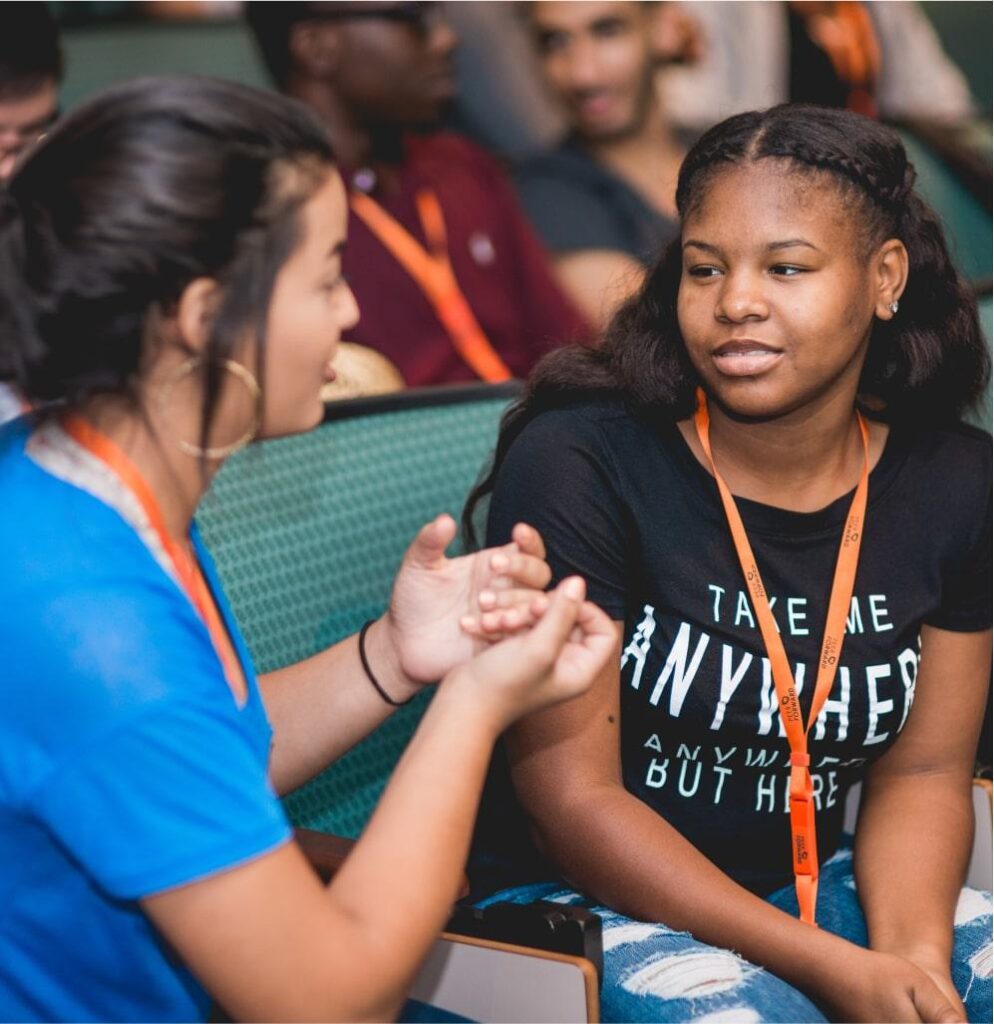
AppleTree
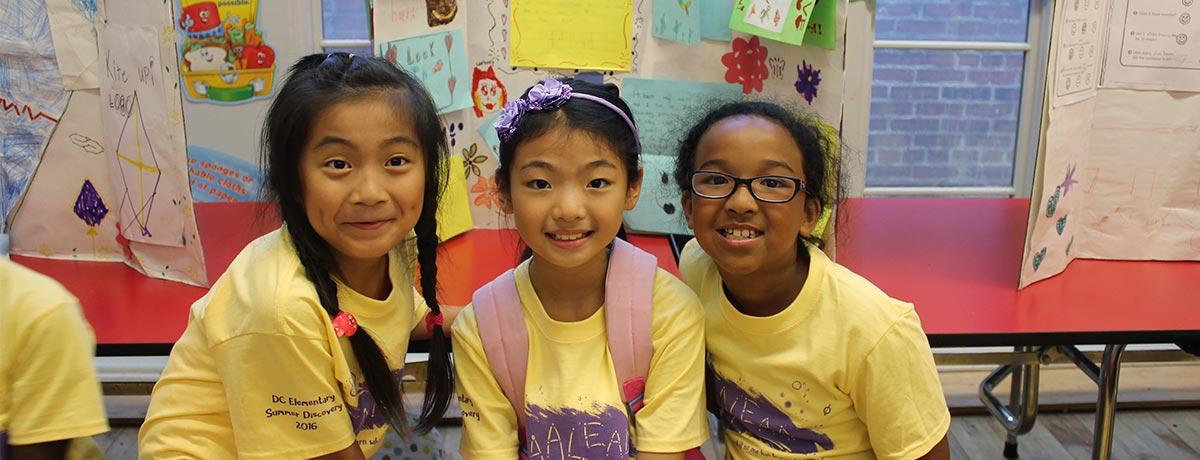
Asian American LEAD
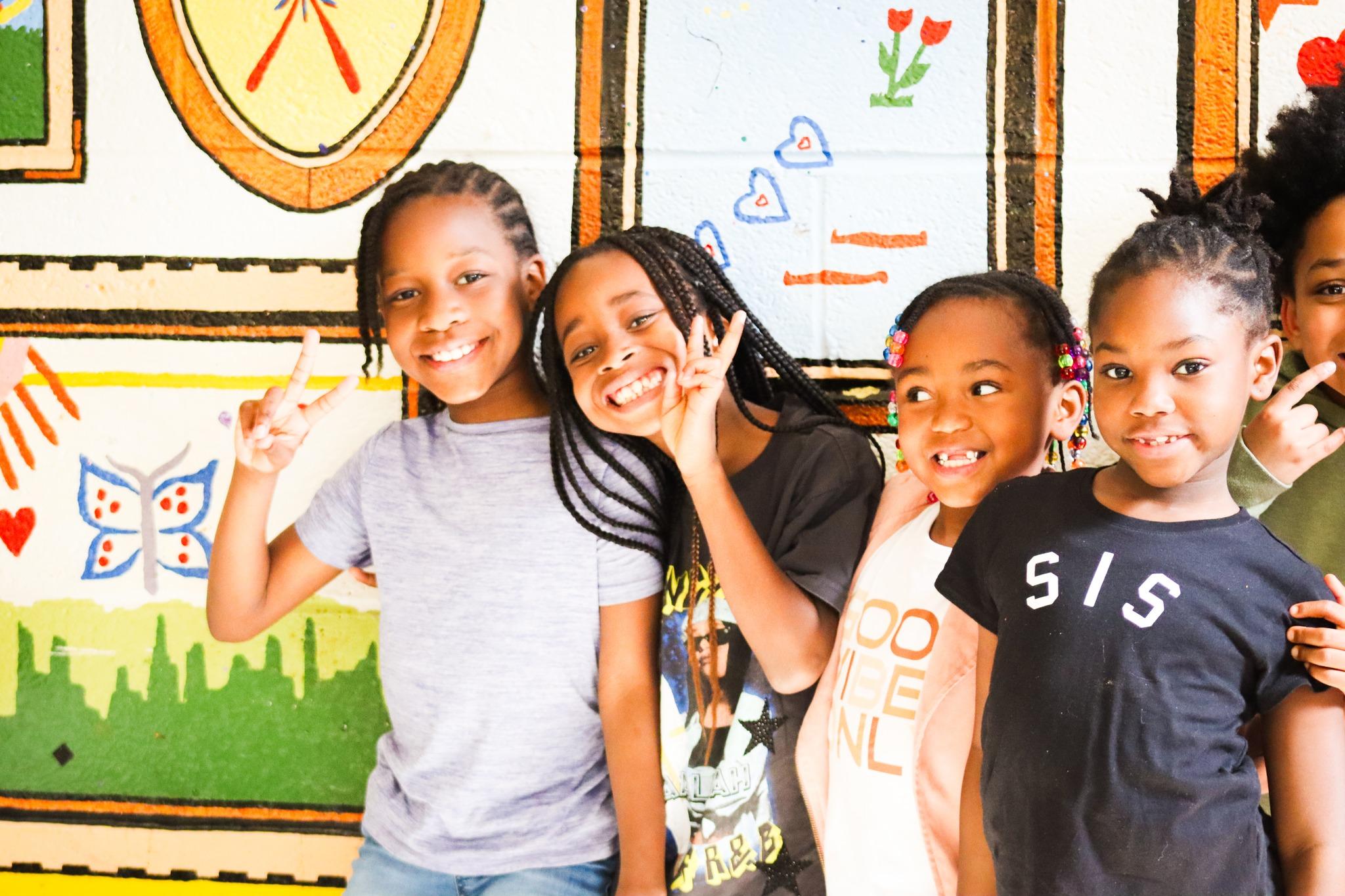
Boys & Girls Club of Greater Washington
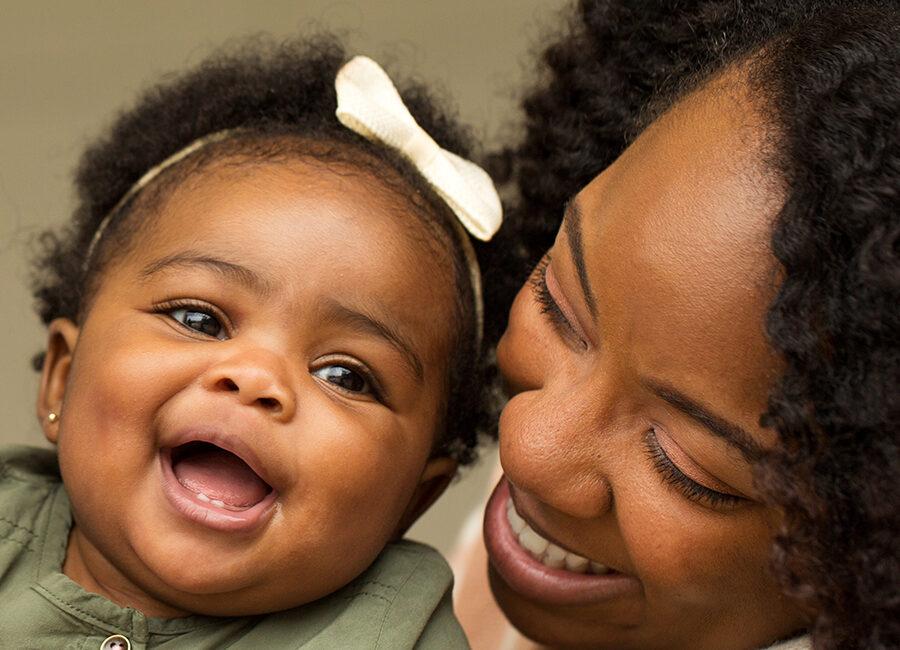
Center for Multicultural Human Services
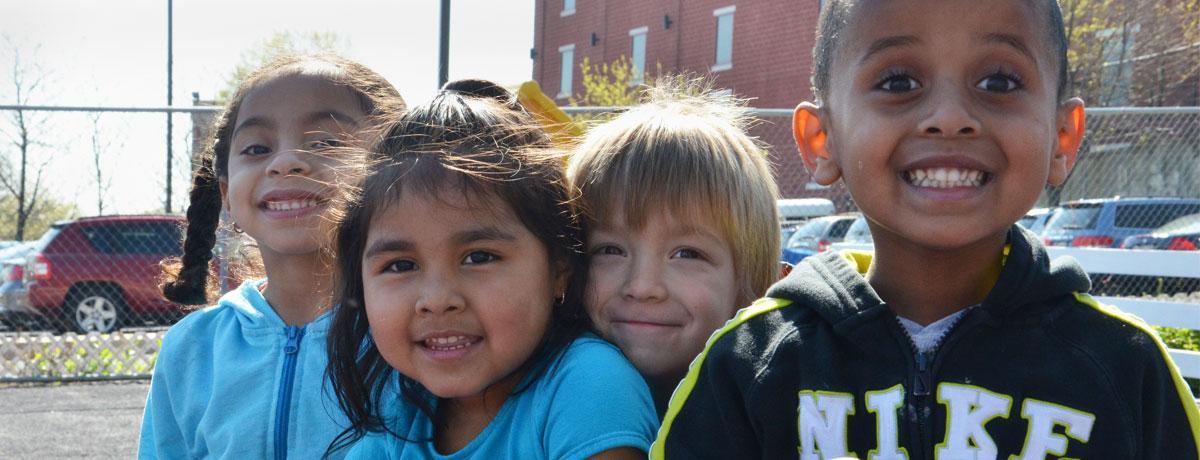
CentroNía
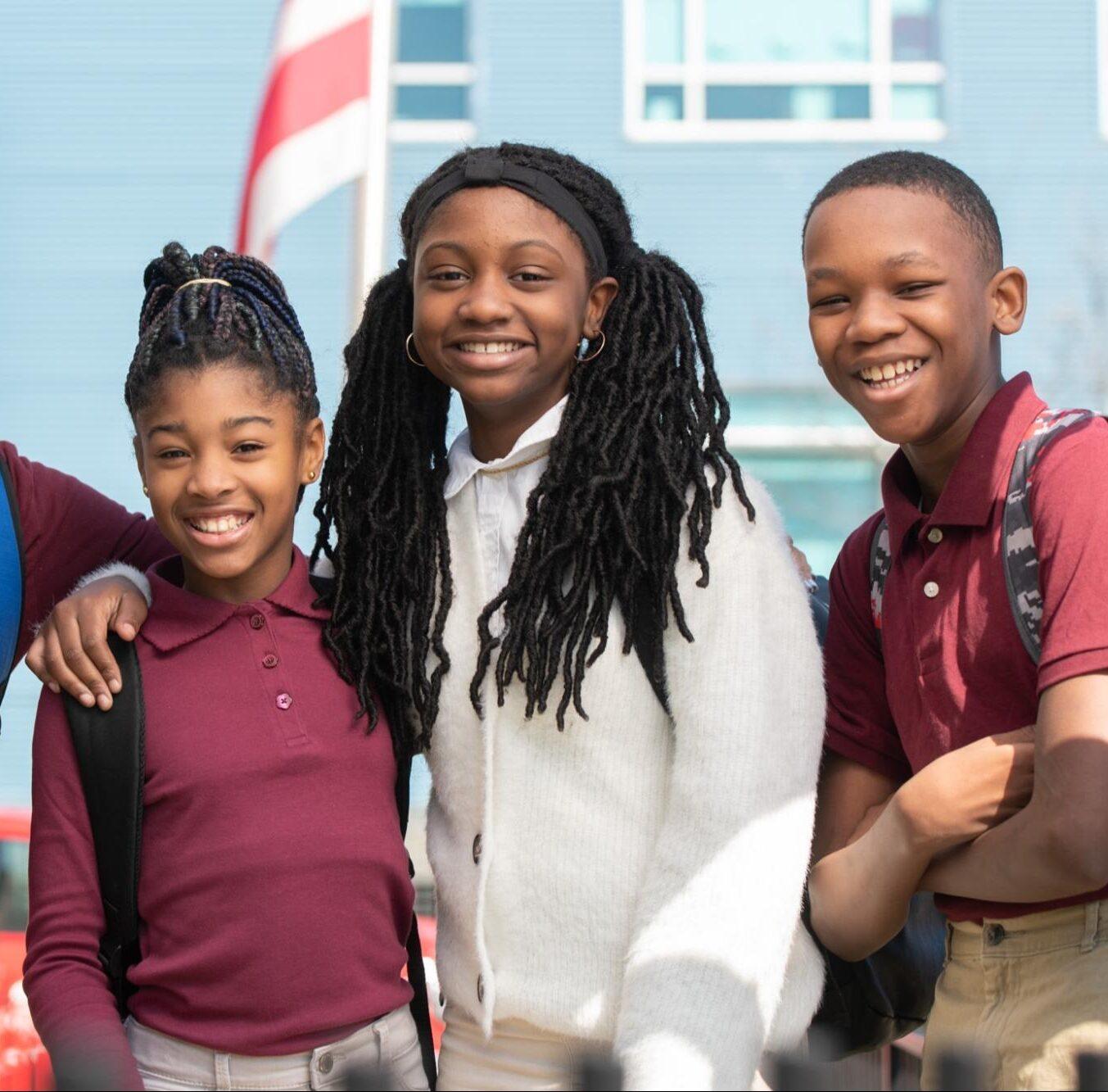
Friendship Public Charter School
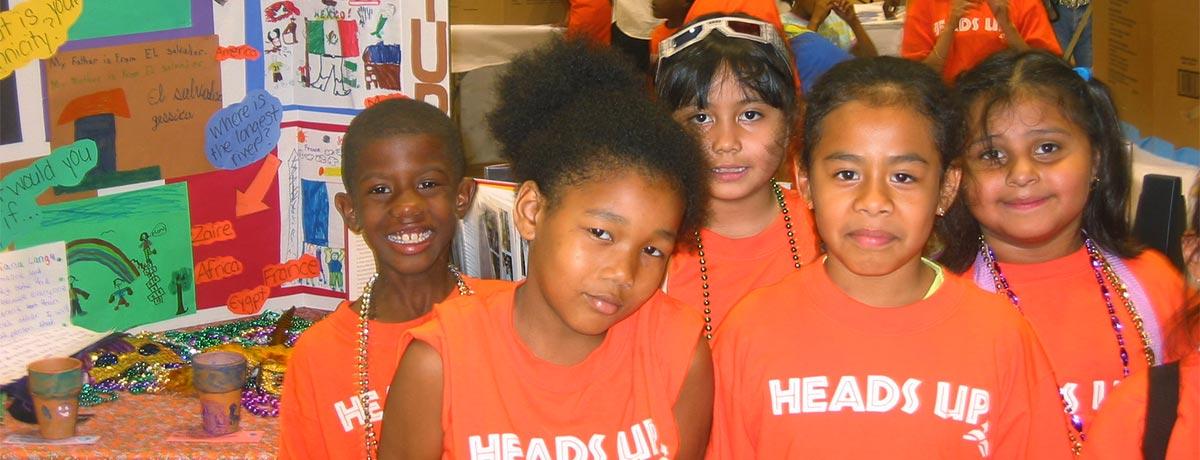
Heads Up
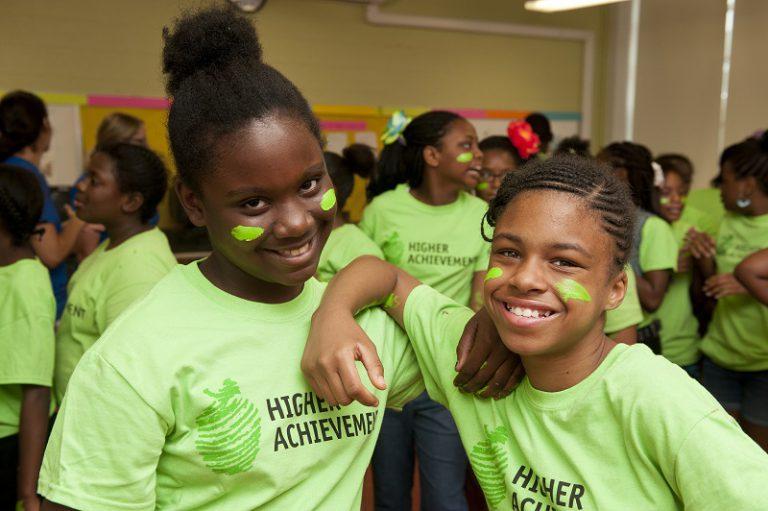
Higher Achievement
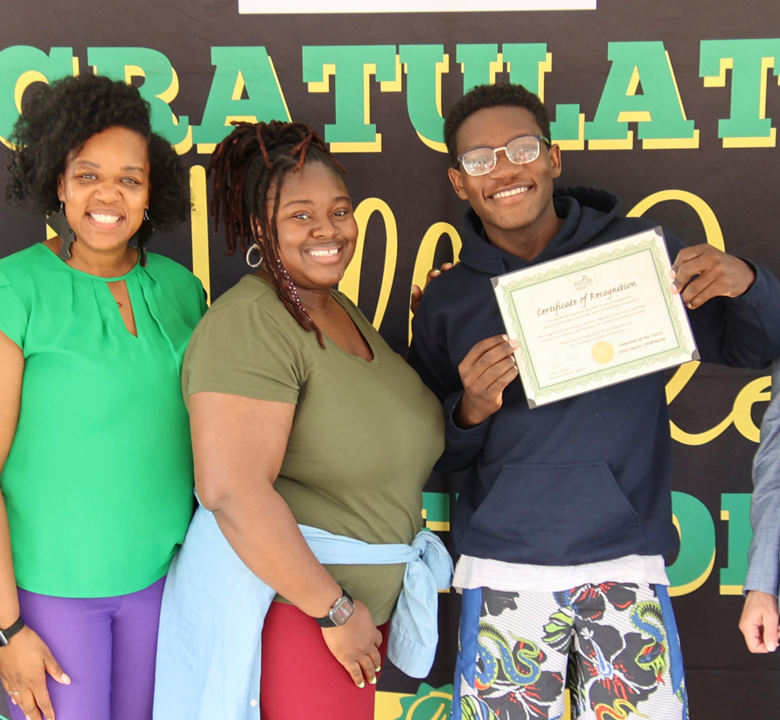
Hillside Work-Scholarship Connection

